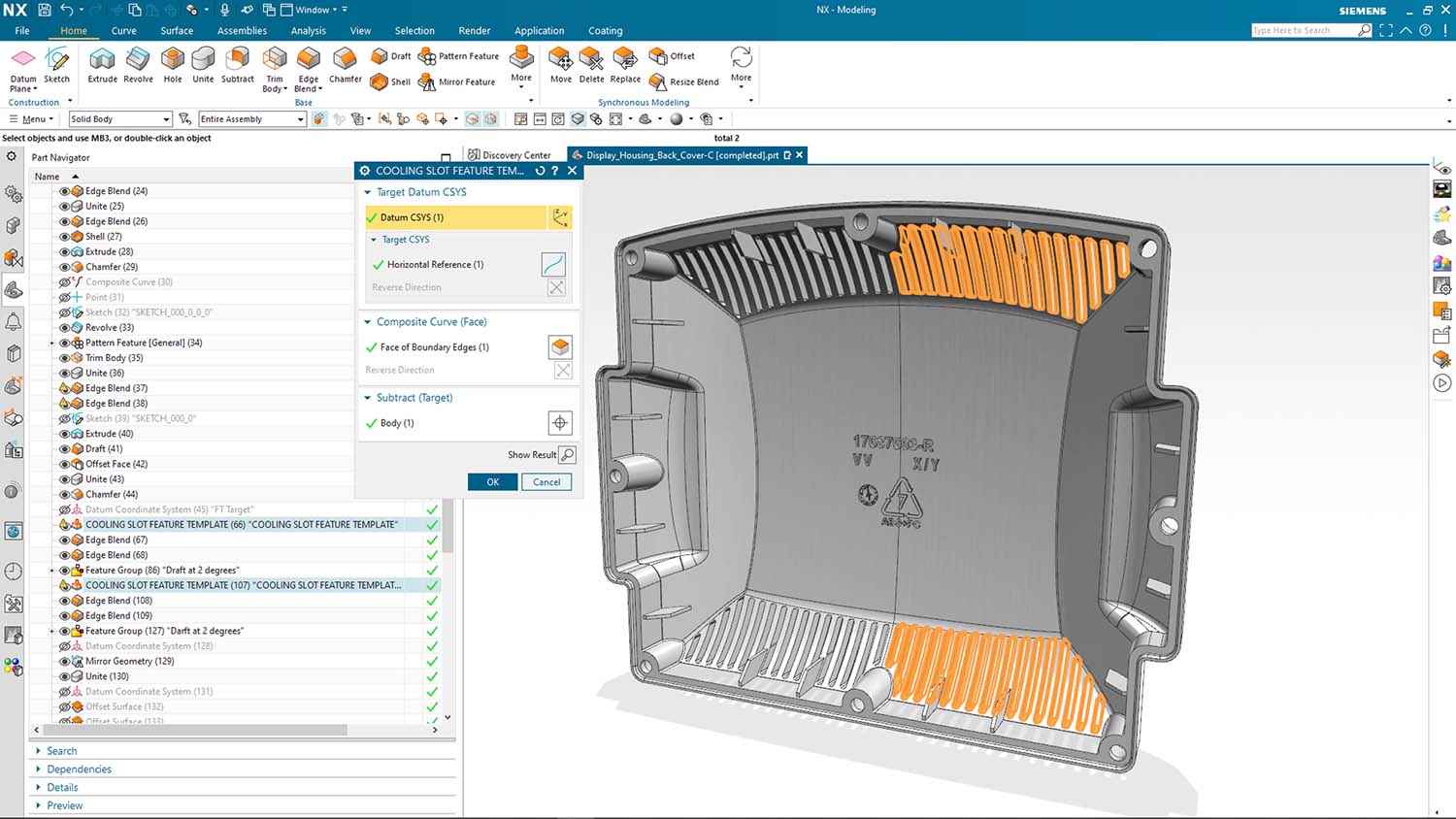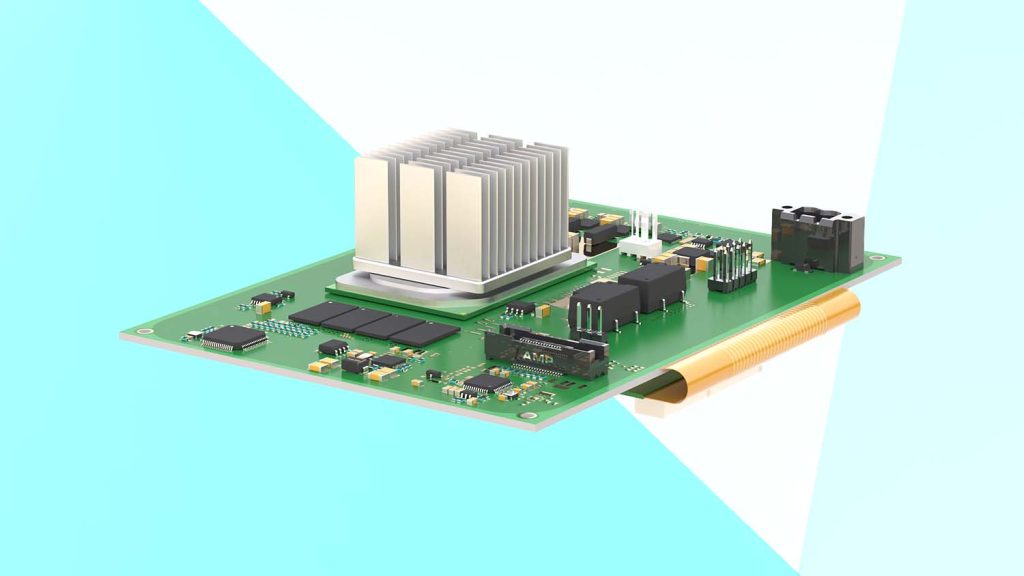The latest release of Siemens NX for 2022 has been announced, with greater electronic co-design, collaboration, intelligence capture and reuse capability being the headline updates for the mammoth CAD package.
Part of the Siemens Xcelerator portfolio of software and services, this 2022 NX release is putting emphasis on the electronics andelectrical engineering space with Siemens EDA – formerly Mentor Graphics.
The electronics design collaboration capabilities are furthered with workflow for rigid and rigid-flex PCB designs, offering further options for increased product complexity and packaging constraints.

On the modelling side of things, complex shape development sees updates to curve creation and editing with parametric features. NX Algorithmic Modeling now offers better support for convergent modelling workflows that can enable more efficient complex patterns and shapes.
Siemens says that NX Topology Optimizer now fully replaces and surpasses the previous capabilities, with part optimisation within the context of an assembly now considering design and manufacturing constraints and makes simultaneous optimisation of multiple design spaces with independent materials possible.
Users will also find a new codeless approach to Feature Templates that enables the reuse of the knowledge embedded into NX data during design. This should better enable user-defined features and increase data reuse from pure parametric geometry features to include PMI, requirements checks and more. Siemens says that the key benefit is a jump start of efficient knowledge reuse and greater collaboration amongst design and engineering teams.

“Innovators and pioneers, from clean-sheet start-ups to household name brands, are adopting NX and choosing us as a trusted partner, as we explore the future of design, engineering and manufacturing together,” said Bob Haubrock, senior VP Product Engineering Software, Siemens.
“This latest release brings enhancements to our users across the board, enabling them to work more intelligently between multidisciplinary teams, capture and reuse more knowledge and achieve that optimum design more efficiently than ever before. Alongside brand-new functionality, our significant investments to core technologies, such as sketch and convergent modeling, will further improve the toolsets that our community of users relies on every day.”
The recently introduced NX Design Space Explorer for multi-objective optimisation also now offers multi-run support to fine tune ranges and refine searches and Simcenter HEEDS software run options are now fully integrated and cover baseline, random seed, and normalisation factors.
This should enable customers to benefit from both cost and time savings through automation of complex optimisation tasks helping them to achieve faster time to market during the design engineering phase of product development.






